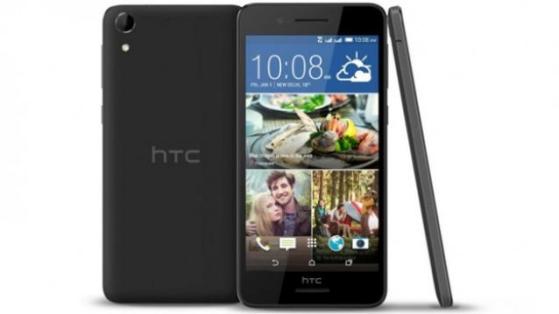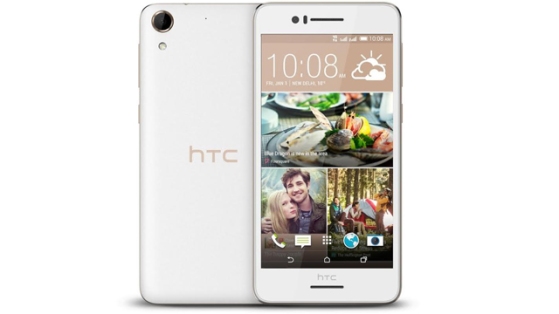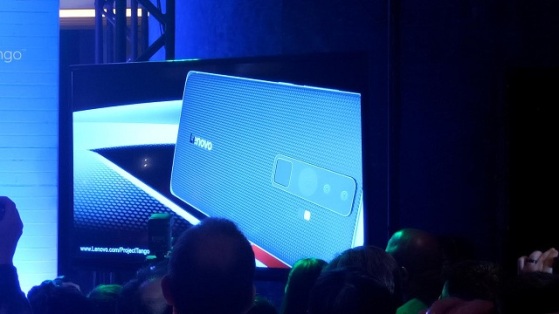Google’s Project Tango was first announced two years ago and has been in the experimental phase since. But on 7 January at CES, Lenovo announced that it will release the first consumer smartphone with Google’s Project Tango hardware and software inside it, by June-July this year.
Project Tango lets you map the 3D space around you by using a combination of cameras such as a regular camera, an integrated depth sensing camera and a motion tracking camera. The 3D space mapping is done in real time and can help out with navigating within shopping malls and other internal locations. It also lets you interact with your real surroundings thereby adding a layer of augmented reality to the mix. You can read our complete lowdown on Project Tango.
The phone which will be released by Lenovo will be a consumer facing device and will come under $500 (approx Rs 33,400). The device is expected to come with a Qualcomm Snapdragon chipset and will have a display size under 6.5-inches. Lenovo will be using an RGB camera, a depth sensing camera module and a fish eye lens on its Project Tango phone – which will be arranged in a vertical module.
Lenovo and Project Tango also announced an App Incubator Program which will help app developers working with Project Tango with engineering knowhow as well as with funding to see promising ideas achieve completion. Interested app developers can submit proposals to be part of this incubator.
Before the announcement Project Tango lead Johnny Lee showed some demos of what can be done with this project. He used the camera module on the prototype Project Tango tablet to measure the area of a room, find the height of a ceiling, play a game of digital Jenga with a colleague where in the Jenga blocks were visible only on the tablets.
He also demoed real time 3D mapping of not just fixed objects but the crowds as well. After having 3D mapped the stage, he showed how you can virtually fit furniture into the space. He also proceeded to showcase a virtual pet which can actually follow you or interact with the elements in your 3D maps. Clearly the early adopters of Project Tango will be geeks who are working on AR/VR software products.
There wasn’t any physical module on display, but Lenovo shared some pictures of prototypes on which it is working for this phone.
Project Tango is an exploration into giving mobile devices a human-scale understanding of space and motion.
The earlier smartphone announced by Google back in 2014, was an Android-based prototype 5-inch phone and developer kit with advanced 3D sensors. With the sensors, the phone is capable of tracking motion, and can build a visual map of rooms using 3D scanning. Google wants to combine these 3D sensors with advanced computer vision techniques that will help fork out newer innovations for indoor navigations, games and so on. Want to know more? Check out the video below.
post appered on : firstpost.com




